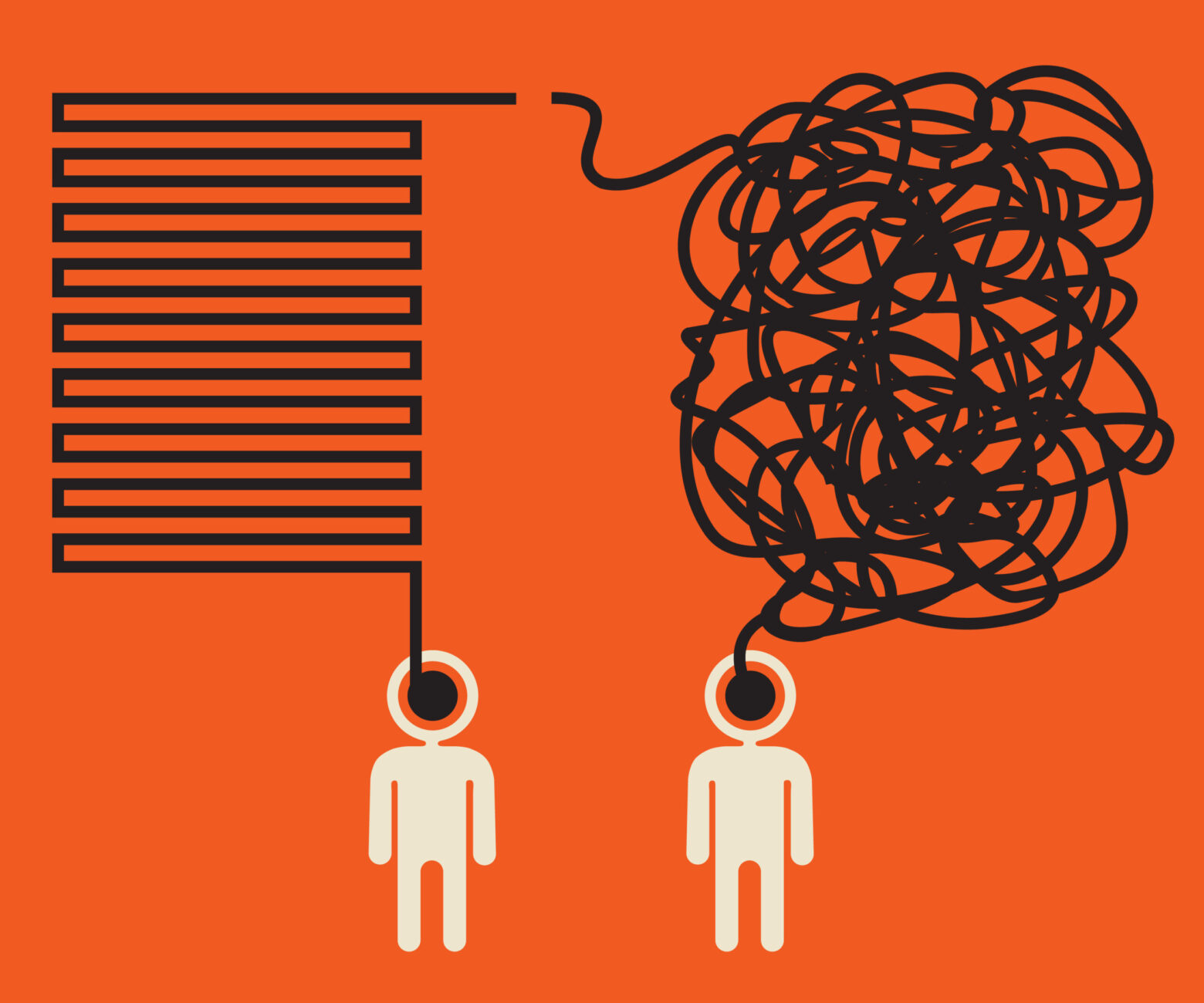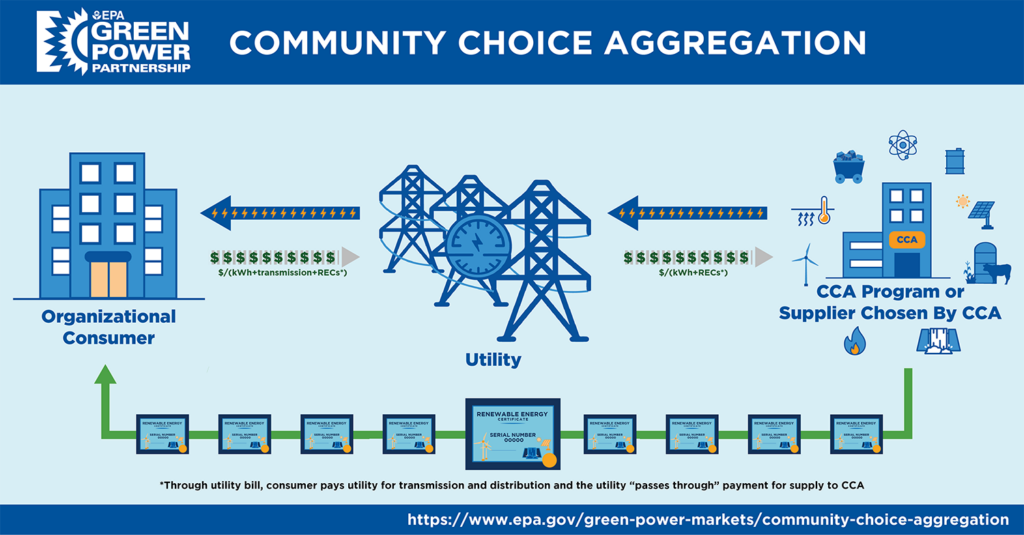
Local energy is championed by those who want consumers and businesses to gain control over their power supply and capture energy wealth
But you and I might be talking about entirely different things when we use the term. That’s because local energy is not one thing but a myriad of highly niched models and technologies. So, everything from an electric vehicle to a municipal utility is described as local energy.
Whatever its meaning, interest in the term has risen over the last four years, according to GoogleTrends.
Popularity of Term “Local Energy” Based on Google Searches: 2004-present

In the interest of bringing the local energy community under one umbrella, here’s what I think the term encompasses. Let me know if I missed anything!
Distributed Energy Resources
Distributed energy resources, or DERs, describe rooftop solar, energy storage devices, electric vehicles, combined heat and power, community solar and other resources that provide energy (or energy savings) at or near where the power is consumed. Because the power doesn’t have to travel far, it captures efficiencies lost when electricity moves long distances over wires.
In the United States, most DERs are connected to the grid. They can also operate off-grid and often do on islands or in remote areas. When grid-connected, the DER might serve as backup power during a grid power outage. Owners also may leverage the price difference between their DER and the grid, using the DER, for example, when grid power is expensive. DER owners, at times, can acquire credit or revenue for providing services to the grid. When aggregated together to serve the grid, DERs are called virtual power plants.
You don’t get more local than DERs. They truly allow the individual to own and operate their electric supply. Decentralized Grid Magazine frequently features DERs because they are the primary components of a decentralized grid.
DERs are growing fast, according to Wood Mackenzie, which finds that the US will add 262 GW of DERS and related demand flexibility capacity from 2023 to 2027, almost as much (272 GW) as utility-scale resources.
Municipal Aggregation (or Community Choice)
The idea here is to give local communities control over their power supply. Often run by non-profit public agencies, municipal aggregations combine the electric demand of electricity customers and then leverage the economies of securing power in bulk. Often their goals are to lower costs and green electric supply.
Municipal aggregations tend to operate in restructured states where customers can legally buy their electricity from entities other than utilities. According to the US Environmental Protection Agency, municipal aggregations now operate in ten states: California, Illinois, Maryland, Massachusetts, New Hampshire, New Jersey, New York, Ohio, Rhode Island, and Virginia. One of the first US aggregations, the Cape Light Compact, launched in 1997, continues to serve 200,000 customers in 21 towns on Cape Cod and Martha’s Vineyard, Massachusetts.

Municipal Utilities and Electric Cooperatives
Municipal utilities (munis) and electric cooperatives, considered “public power,” are described as local energy because they are governed by a local government or by a board elected by members or customers. About 2,000 communities in the US are served by public power utilities, which generate about 10% of US electricity, according to the American Public Power Association. Munis and cooperatives can innovate more quickly than investor-owned utilities, say their advocates, because they do not operate under a profit motive or burdensome state regulation.
Given how difficult it is to create munis and electric cooperatives, little growth is expected in their numbers. (Witness what happened in Maine last year.) Attempts to create public power utilities often face opposition from incumbent investor-owned utilities, which now serve 70% of US electric customers.
Neighborhood or Community Energy
A small but growing group of communities operate under their own self-contained energy systems. Homes in these communities often have their own batteries and solar panels, sometimes connecting to a central community battery that connects to the grid. Hunters Point near Tampa, Florida is an example of this kind of community; it was built not only to save residents money on energy but also to achieve sustainability and storm resilience.
What’s driving interest in local energy?
Several forces are converging to make local energy a resource whose time has come. Costs have dropped significantly for popular distributed energy technologies, like solar and energy storage. In addition, incentives and financing models ease or remove upfront customer investment.
At the same time, local energy options have become more available. Electric vehicles (EVs), a technology that will become many people’s main entry point to local energy, can now be found in several models, and more manufacturers are focusing on making them affordable.
Local energy also attracts consumers and businesses who prefer renewable energy and are concerned that the utility grid remains heavily dependent on fossil fuels.

Anti-utility sentiment for other reasons — dissatisfaction with services, skepticism about the investor-owned utility model, power outages, or high rates — drives some customers to pursue local energy. J.D. Power found that overall satisfaction among electric utility customers declined 18 points between 2022 and 2023, the third consecutive year of growing customer dissatisfaction. Satisfaction with electricity costs dropped further, 33 points. Customer unhappiness may grow if electric rates rise as utilities attempt to expand and modernize the electric grid to accommodate the growing demand for energy from artificial intelligence and the electrification of buildings and transportation.

Value of common identity
All of these factors suggest that local energy will continue to trend upward. Establishing a common identity among its many forms could build coalitions that foster greater growth.
At Energy Changemakers, we’re interested in local energy in all its forms and the people who make it happen. Join our community with a 30-day free trial.
